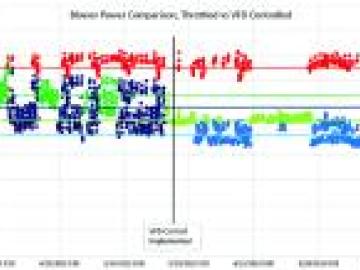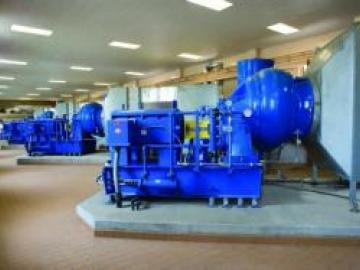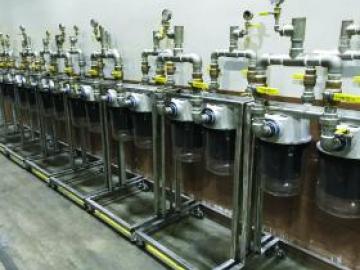Screw Blowers and Membrane Bioreactor Treat Wastewater at a Bottling Plant
The right ingredients and processes are essential for manufacturing flavorful beverages that contribute to the company’s bottom line. But what happens to all those other “ingredients” that aren’t part of the recipe? Cleaning up those unwanted ingredients from bottling plant wastewater can consume large amounts energy, time and money—and become a distraction from the company’s primary goal of manufacturing beverages.









